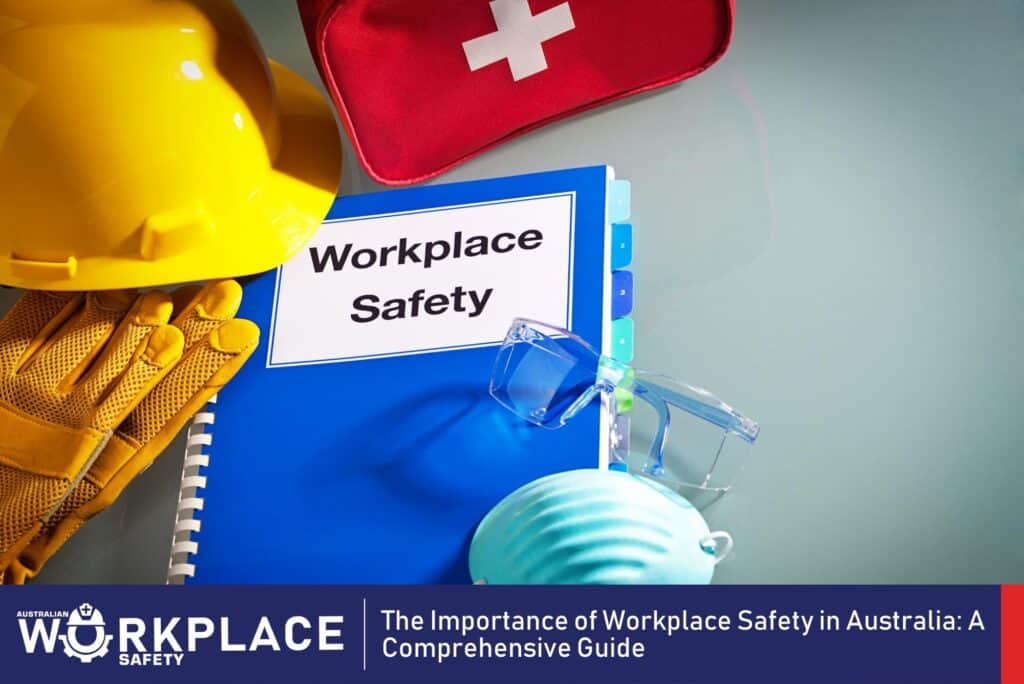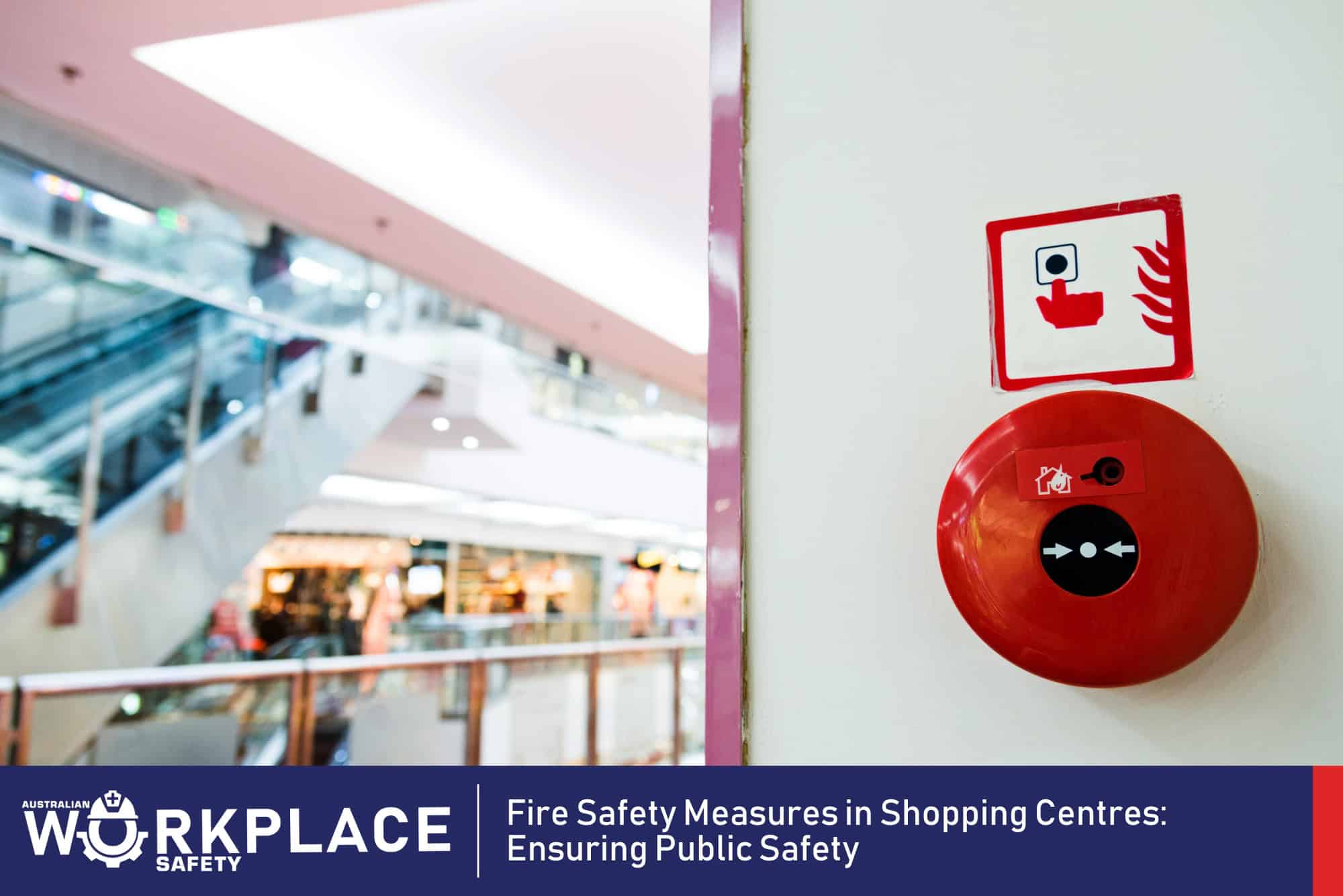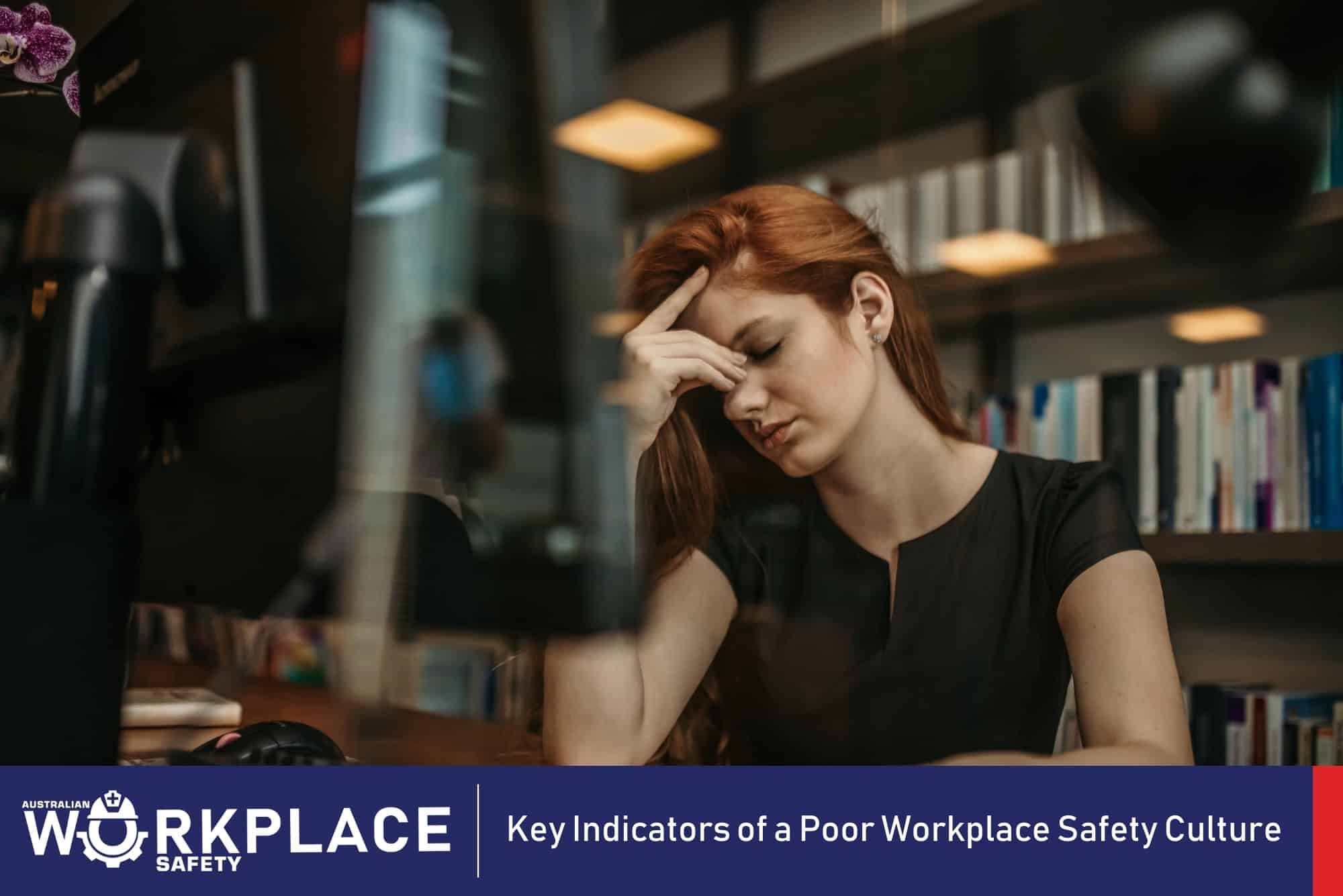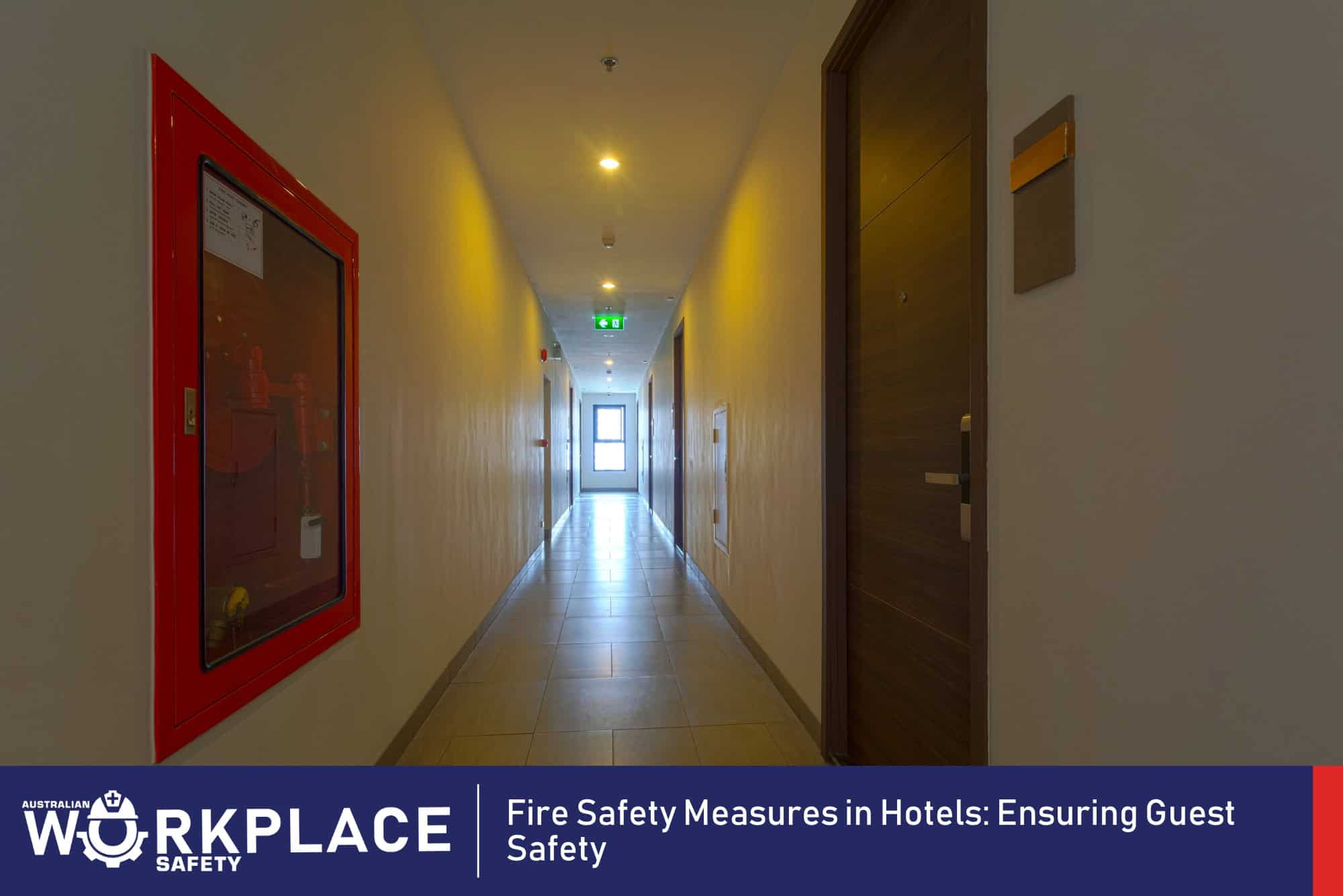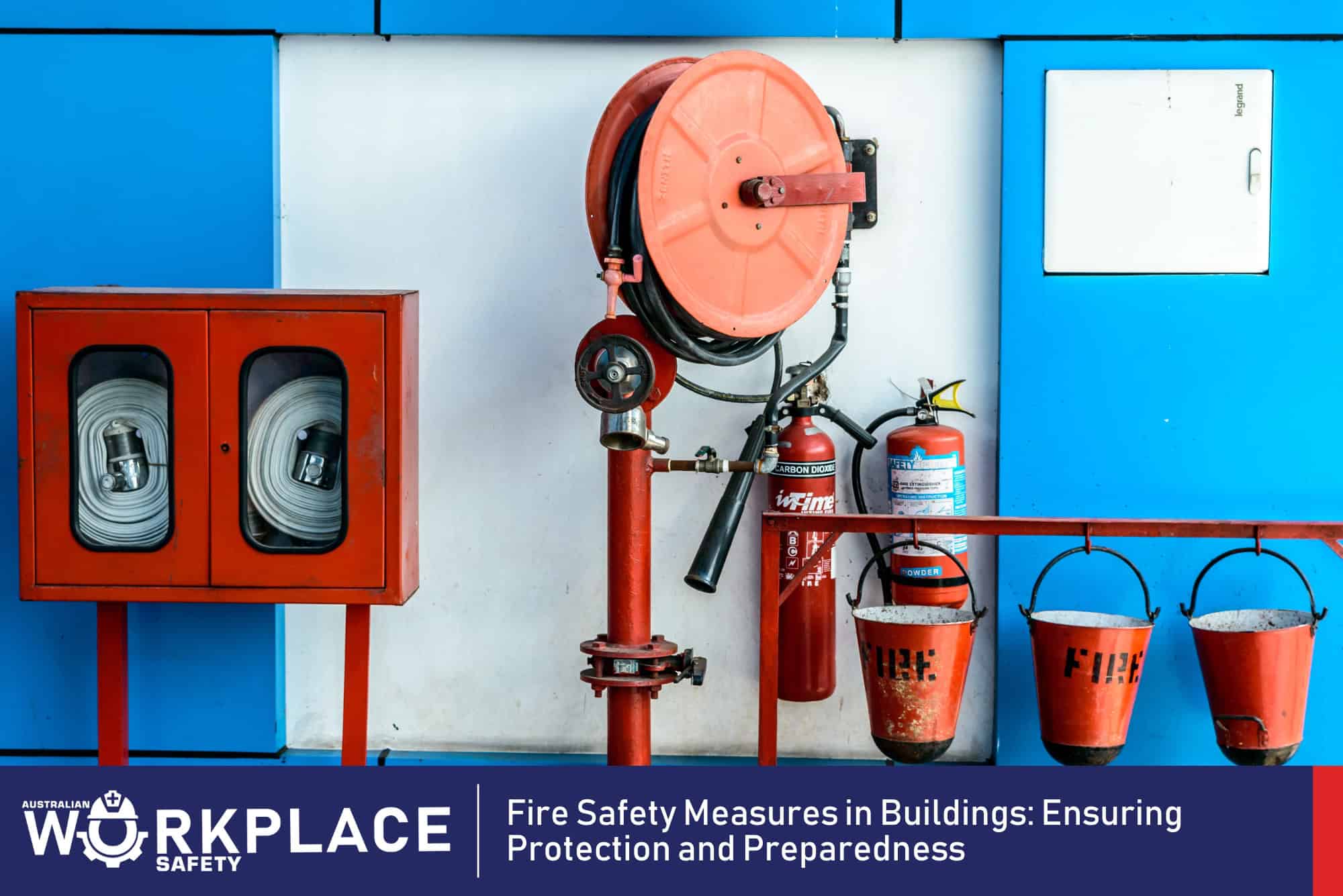Workplace safety is a critical aspect of any thriving economy and a crucial responsibility of employers and employees alike. In Australia, a nation that prides itself on its strong workforce and commitment to the well-being of its citizens, workplace safety takes centre stage.
This comprehensive guide explores the significance of workplace safety in Australia, the existing regulations, key areas of focus, the role everyone plays in creating a safe and secure working environment, and the ongoing efforts to improve safety standards.
The landscape of workplace safety in Australia
Australia has made remarkable progress in workplace safety over the years. The adoption of robust laws, regulations, and initiatives has significantly reduced workplace accidents and fatalities. The centrepiece of this approach is the Work Health and Safety Act 2011, which outlines the responsibilities and obligations of employers, workers, and other parties in ensuring a safe working environment. It promotes a proactive safety culture and encourages employers to identify and manage risks effectively.
The Act itself is complemented by various regulations, codes of practice, and industry-specific guidelines that provide practical guidance to organisations on implementing safety measures. Moreover, state-based WorkSafe authorities work in conjunction with Safe Work Australia to monitor and enforce compliance with safety standards across the country.
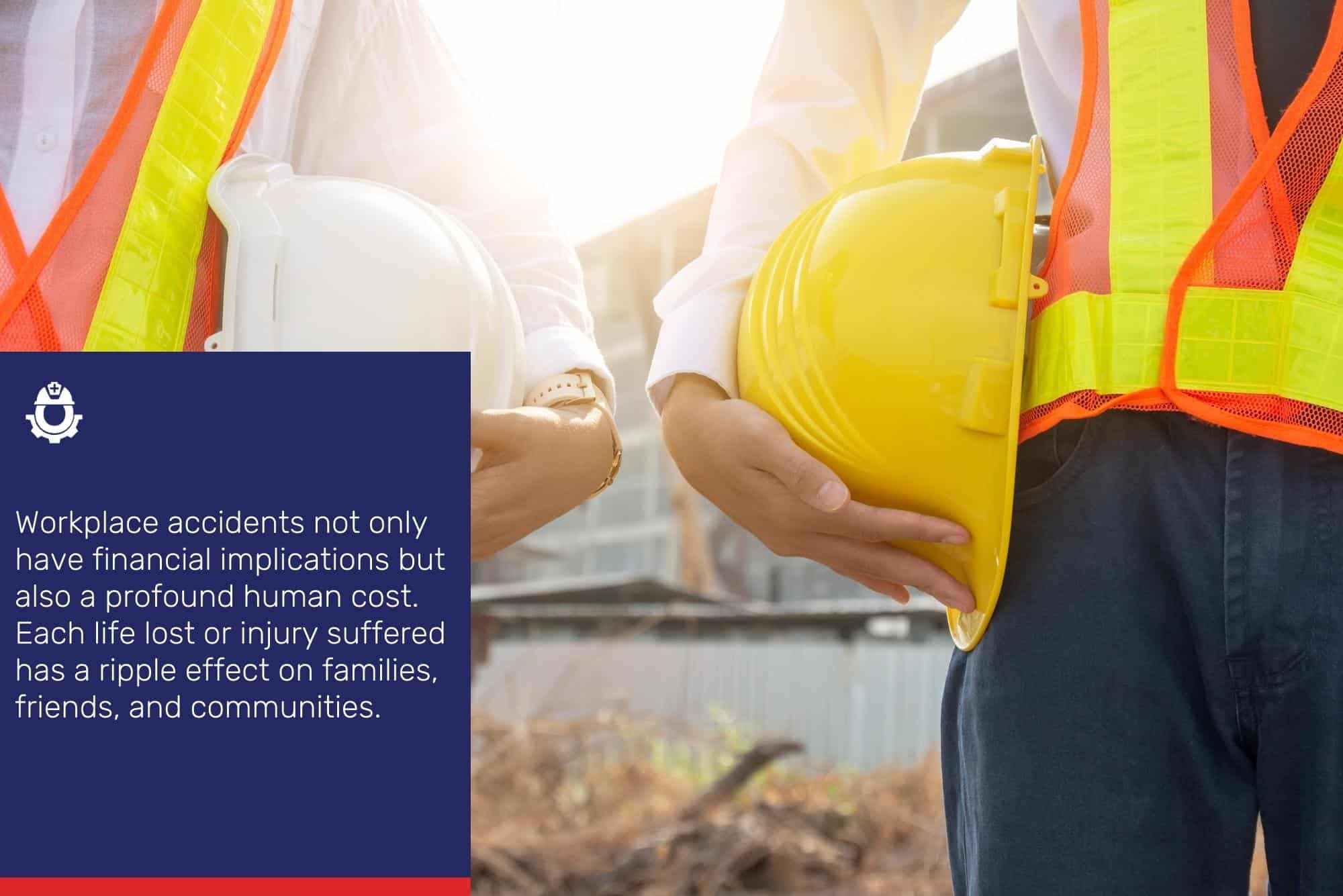
The human cost of workplace accidents
Workplace accidents not only have financial implications but also a profound human cost. Each life lost or injury suffered has a ripple effect on families, friends, and communities. The toll is not limited to the immediate victims; it extends to co-workers who witness the incident and carry the emotional burden, as well as to supervisors and managers who feel responsible for the safety of their teams.
According to Safe Work Australia, 182 workers lost their lives in 2020 due to work-related incidents. This number serves as a somber reminder of the importance of continuous efforts to improve workplace safety. Each of these incidents represents a loved one lost and a family left grieving. Recognising the human cost of workplace accidents underscores the gravity of ensuring safety in every work environment.
Economic impact of workplace accidents
Beyond the emotional toll, workplace accidents also have significant economic consequences. When a worker is injured or killed on the job, it results in lost productivity, increased healthcare costs, and potential legal expenses. The financial burden affects both the injured party and the employer.
For businesses, workplace accidents can lead to increased workers’ compensation premiums, reduced productivity due to absenteeism or low employee morale, and additional costs associated with training replacements. Furthermore, accidents can damage a company’s reputation, leading to reduced consumer trust and declining business performance.
Investing in workplace safety not only prevents accidents but also contributes to cost savings in the long run. A safer workplace results in fewer injuries, lower compensation claims, and increased productivity, positively impacting the bottom line.
Key areas of workplace safety focus
Risk assessment and management
Employers must conduct thorough risk assessments to identify potential hazards in the workplace. These assessments should encompass not only physical risks but also psychosocial factors like workplace stress and harassment. Implementing proper risk management strategies, such as engineering controls, administrative measures, and personal protective equipment (PPE), is crucial to mitigating these risks effectively.
Training and education
Providing comprehensive training to employees is paramount in ensuring their safety. Properly trained workers are better equipped to handle machinery, hazardous substances, and emergency situations. Regular workshops and safety seminars help reinforce good safety practices and keep workers updated on the latest safety protocols.
Mental health and well-being
Workplace safety is not limited to physical risks alone. Addressing mental health issues and promoting well-being is equally important. Employers should foster a supportive and inclusive work environment that encourages open conversations about mental health. Implementing employee assistance programs and offering access to counselling services can go a long way in supporting workers’ mental well-being.
Fatigue management
Fatigue can impair judgment and slow reaction times, increasing the likelihood of accidents. Organisations should implement policies to manage fatigue, especially in industries where long hours or shift work are common. Providing adequate rest breaks, maintaining reasonable work hours, and promoting work-life balance are essential steps to managing fatigue effectively.
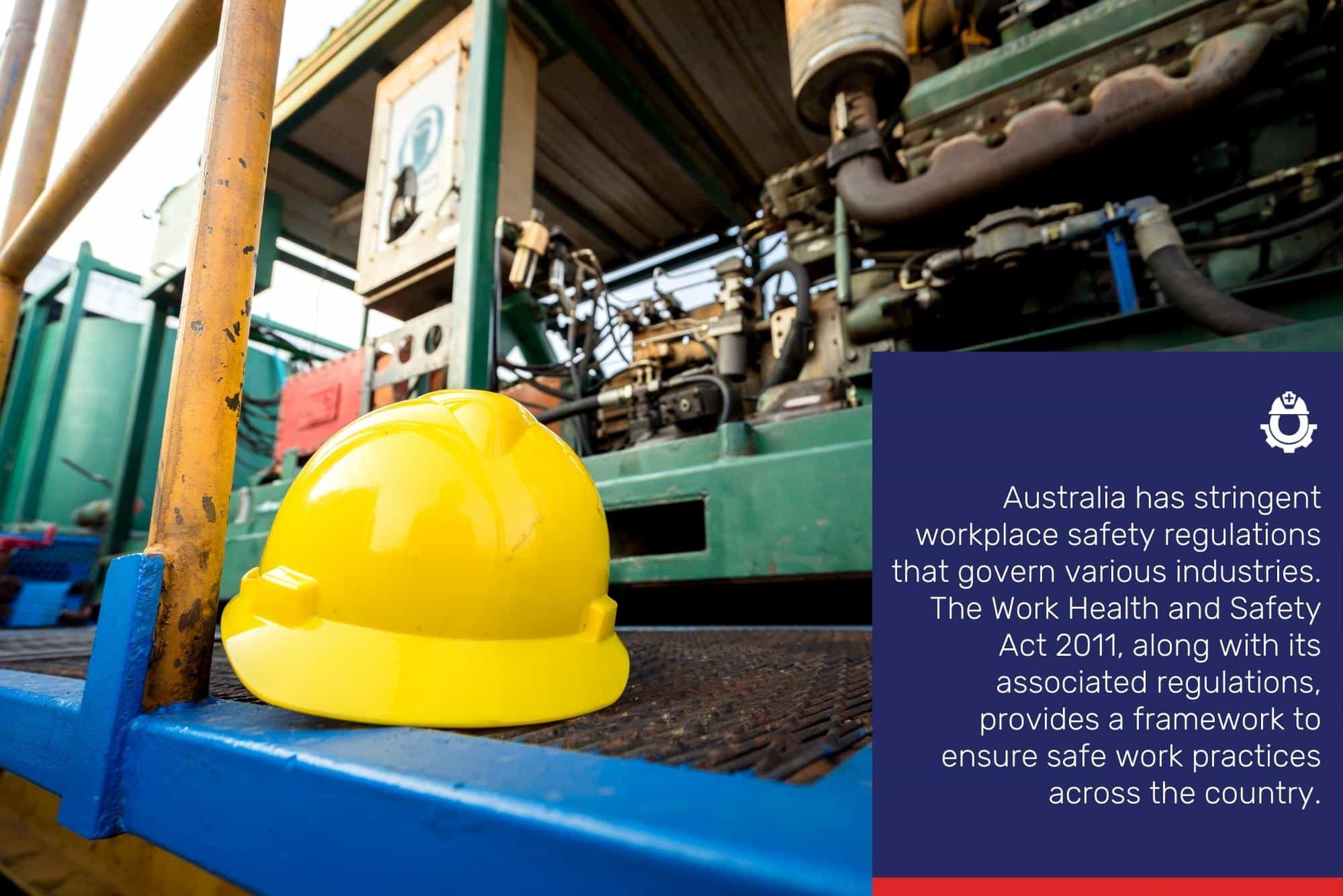
Workplace safety regulations in Australia
Australia has stringent workplace safety regulations that govern various industries. The Work Health and Safety Act 2011, along with its associated regulations, provides a framework to ensure safe work practices across the country. The Act sets out the legal responsibilities and obligations of employers, workers, and other parties involved in work activities.
Under the Act, employers have a duty of care to provide a safe working environment, including safe systems of work, adequate training, and appropriate resources. Employees, in turn, have a duty to take reasonable care of their own safety and that of others, as well as to comply with safety instructions and report hazards.
Various industry-specific regulations and codes of practice supplement the Act, providing practical guidelines on how to manage specific risks and hazards. For example, the construction industry has its own set of safety regulations, while workplaces handling hazardous chemicals must comply with specific standards to ensure safe handling and storage.
The role of employers and employees
Creating a safe working environment is a shared responsibility between employers and employees. Employers must prioritise safety and invest in necessary resources and training to create a secure work environment. This includes conducting regular safety audits, providing appropriate safety equipment and personal protective gear, and ensuring that workers have access to relevant safety information.
On the other hand, employees must actively participate in workplace safety efforts. This includes adhering to safety protocols, using safety equipment correctly, and promptly reporting any hazards or unsafe conditions. Promoting a safety-first culture requires engagement and cooperation from all employees at all levels of the organisation.
Safety culture and leadership
Developing a strong safety culture starts with leadership. Employers should lead by example and prioritise safety as a core value. When safety is ingrained in the company’s culture, it becomes an integral part of everyday operations, leading to fewer accidents and increased employee satisfaction.
Safety-focused leaders communicate the importance of workplace safety, regularly recognise and reward safe behaviours, and actively involve employees in safety initiatives. Empowering workers to take ownership of their safety fosters a positive safety culture where everyone feels responsible for their well-being and that of their colleagues.
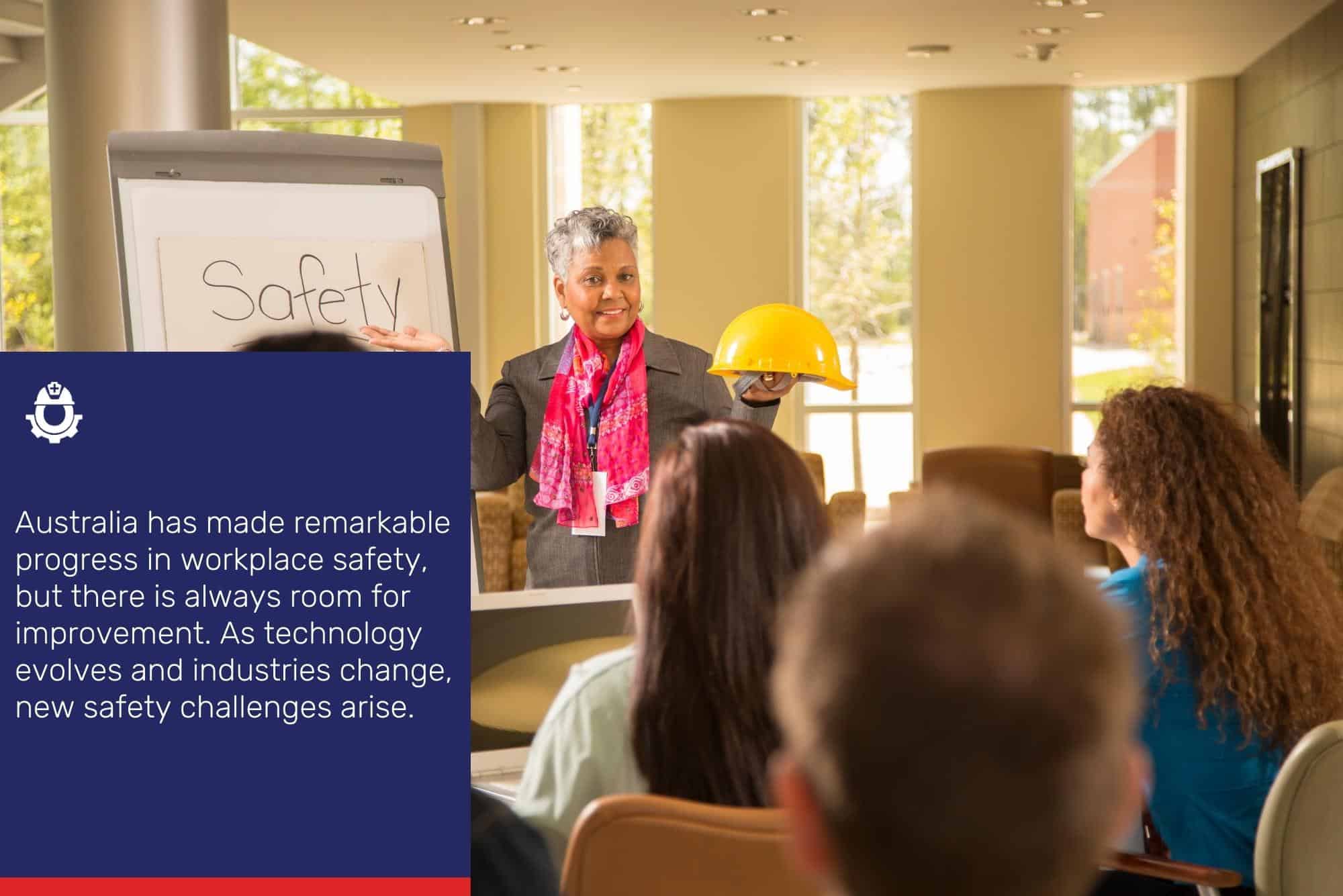
The future of workplace safety in Australia
Australia has made remarkable progress in workplace safety, but there is always room for improvement. As technology evolves and industries change, new safety challenges arise. Continuous research, innovation, and collaboration between industry stakeholders, government bodies, and research institutions are essential to staying ahead of emerging risks.
Advancements in technology, such as the integration of artificial intelligence, IoT devices, and data analytics, have the potential to revolutionise workplace safety. Predictive analytics can help identify potential safety risks before accidents occur, allowing employers to take proactive measures. Wearable devices can monitor workers’ vital signs and movement patterns, providing valuable data on fatigue and stress levels.
Furthermore, promoting a culture of learning and continuous improvement will enable organisations to evolve their safety practices continually. Regularly reviewing and updating safety policies and procedures based on industry best practices and lessons learned from past incidents will help maintain a high standard of safety in the workplace.
Committing to a safer future
Workplace safety is a fundamental aspect of Australia’s thriving economy and a crucial factor in the well-being of its workforce. The human and economic cost of workplace accidents underscores the gravity of ensuring safety in every work environment.
As individuals, we must remain vigilant and committed to safe work practices, and as employers, we should lead the way in promoting a secure and healthy work environment. By adhering to existing regulations, investing in training, and fostering a safety-first mindset, we can create a better, safer future for Australian workers.
Let us unite in our commitment to workplace safety, ensuring that each worker returns home safely every day. Together, we can build a nation where workplace safety is not just a priority, but a way of life. By valuing the well-being of our workforce and embracing a culture of safety, we can create a prosperous future where accidents and injuries are minimised, and our economy thrives. Let us strive to make Australia a global exemplar in workplace safety and inspire others to follow suit.
